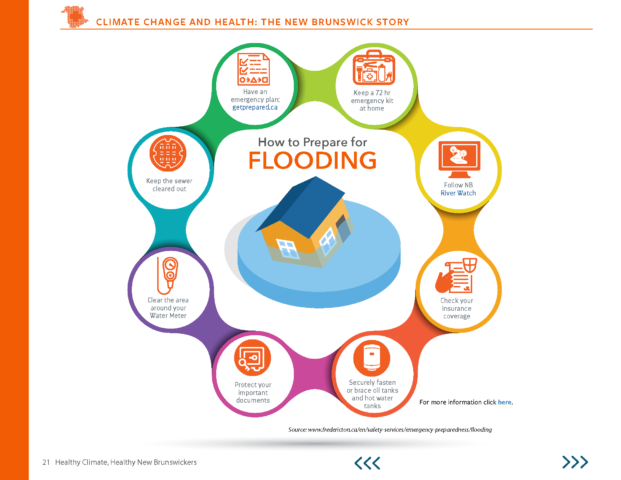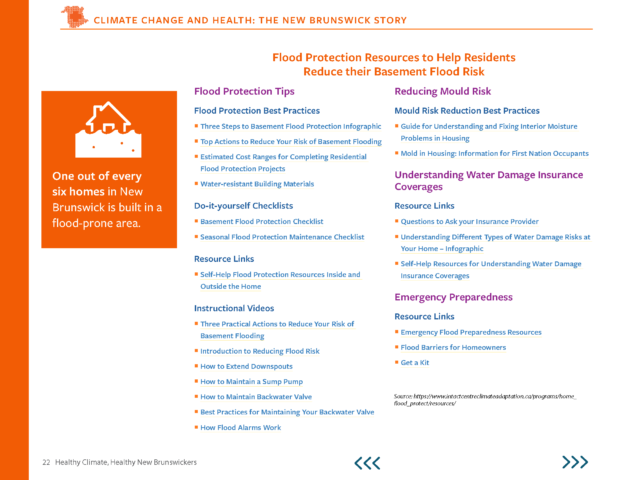[vc_row][vc_column][vc_empty_space][/vc_column][/vc_row][vc_row][vc_column][vc_custom_heading text=”Citizens Can do Their Part”][/vc_column][/vc_row][vc_row][vc_column][vc_custom_heading text=”We have the power to turn the climate crisis around” font_container=”tag:h2|font_size:26|text_align:left” google_fonts=”font_family:Arimo%3Aregular%2Citalic%2C700%2C700italic|font_style:400%20regular%3A400%3Anormal”][vc_column_text]
Our Dr. Louise Comeau reminds us everyday that we should talk to friends and family about climate change. Here is one of her heroes, climate scientist Dr. Katharine Hayhoe, talking about why this is so important.
[/vc_column_text][vc_custom_heading text=”What we do matters.” font_container=”tag:h2|font_size:22|text_align:left” google_fonts=”font_family:Arimo%3Aregular%2Citalic%2C700%2C700italic|font_style:400%20regular%3A400%3Anormal”][vc_column_text]According to Statistics Canada, just under 20 percent of Canada’s greenhouse gas emissions come from activities in households, including transportation. If we add the emissions associated with things we buy like food, clothes, and consumer products, household emissions rise to over 40 percent of Canada’s total. If we add emissions related to flying, household emissions rise even more.
Taking direct action is important. So is talking to friends and family about climate change. When we share our concerns and ideas about solutions, we signal to friends and family that it is an important issue. When we take the time to listen to each other, and speak from the heart about what we each care about, we can find common ground. Check out this guide from Climate Outreach on how to talk about climate change: Climate Outreach’s Real Talk Model is a great guide:
- Respect your conversational partner and find common ground
- Enjoy the conversation
- Ask questions
- Listen, and show you’ve heard
- Tell your story
- Action makes it easier (but doesn’t fix it)
- Learn from the conversation
- Keep going and keep connected
Talking about climate change is a great first step to acting. When you tell friends and family how you feel about it, they start to care too. Share these resources and comment on social media like Facebook, Instagram and Twitter. Social media comments influence how people think about issues. Let them know climate change is important to you.
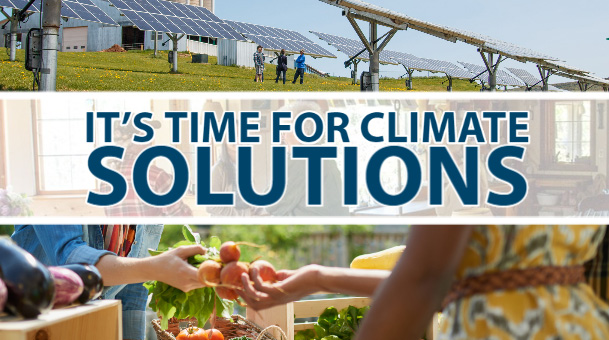 [/vc_column_text][vc_custom_heading text=”More solutions” font_container=”tag:h2|font_size:26|text_align:left” google_fonts=”font_family:Arimo%3Aregular%2Citalic%2C700%2C700italic|font_style:400%20regular%3A400%3Anormal”][vc_column_text]There are many solutions to climate change. Some solutions we can manage ourselves but many require government help through policies and incentives (click here to write a letter to the Premier).
[/vc_column_text][vc_custom_heading text=”More solutions” font_container=”tag:h2|font_size:26|text_align:left” google_fonts=”font_family:Arimo%3Aregular%2Citalic%2C700%2C700italic|font_style:400%20regular%3A400%3Anormal”][vc_column_text]There are many solutions to climate change. Some solutions we can manage ourselves but many require government help through policies and incentives (click here to write a letter to the Premier).
As citizens, we can urge decision-makers to do their part and we can do what we can to reduce our household carbon footprint.[/vc_column_text][vc_custom_heading text=”Here are some tips on reducing your household carbon footprint.” font_container=”tag:h2|font_size:26|text_align:left” google_fonts=”font_family:Arimo%3Aregular%2Citalic%2C700%2C700italic|font_style:400%20regular%3A400%3Anormal”][vc_column_text]Most people think about garbage when they think about environmental problems. We turn to recycling as a solution and we worry about plastics in our oceans. That’s a good place to start, but it won’t be enough to solve climate change. To do that, we also have to think about the energy we use.
Here are some tips to lowering your carbon footprint covering energy, transportation, food and waste (click on the section title for more information).[/vc_column_text][vc_toggle title=”Waste” custom_font_container=”tag:h2|font_size:26|text_align:left” custom_google_fonts=”font_family:Arimo%3Aregular%2Citalic%2C700%2C700italic|font_style:400%20regular%3A400%3Anormal” use_custom_heading=”true”]Waste generates about six percent of Canada’s total greenhouse gas emissions, including from rotting food in landfills and using oil and natural gas to make plastic. Once plastics are in the environment they, on average, take more than 400 years to degrade while leaching toxic chemicals into the natural environment, harming or killing wildlife, and contaminating land and oceans.
- Reduce plastics use by buying unpackaged goods and re-using plastics because nearly 90 per cent of plastic in Canada is not recycled and pollutes our lakes, parks, oceans, landfills, or our air when incinerated. Oil and gas are used to make plastics, most of which is used for packaging and then sent to landfills.
- Government policies like banning single-use plastics, requiring more recycling and making producers responsible for their waste are important cutting plastics use.
[/vc_toggle][vc_toggle title=”Food” custom_font_container=”tag:h2|font_size:26|text_align:left” custom_google_fonts=”font_family:Arimo%3Aregular%2Citalic%2C700%2C700italic|font_style:400%20regular%3A400%3Anormal” use_custom_heading=”true”]These seven actions do the most to cut food-related greenhouse gas emissions (from energy used to grow or transport food, from rotting food in landfills, animals like beef that burp methane or fossil fuel-based fertilizers). To learn more, click here to read our food and climate change fact sheet.
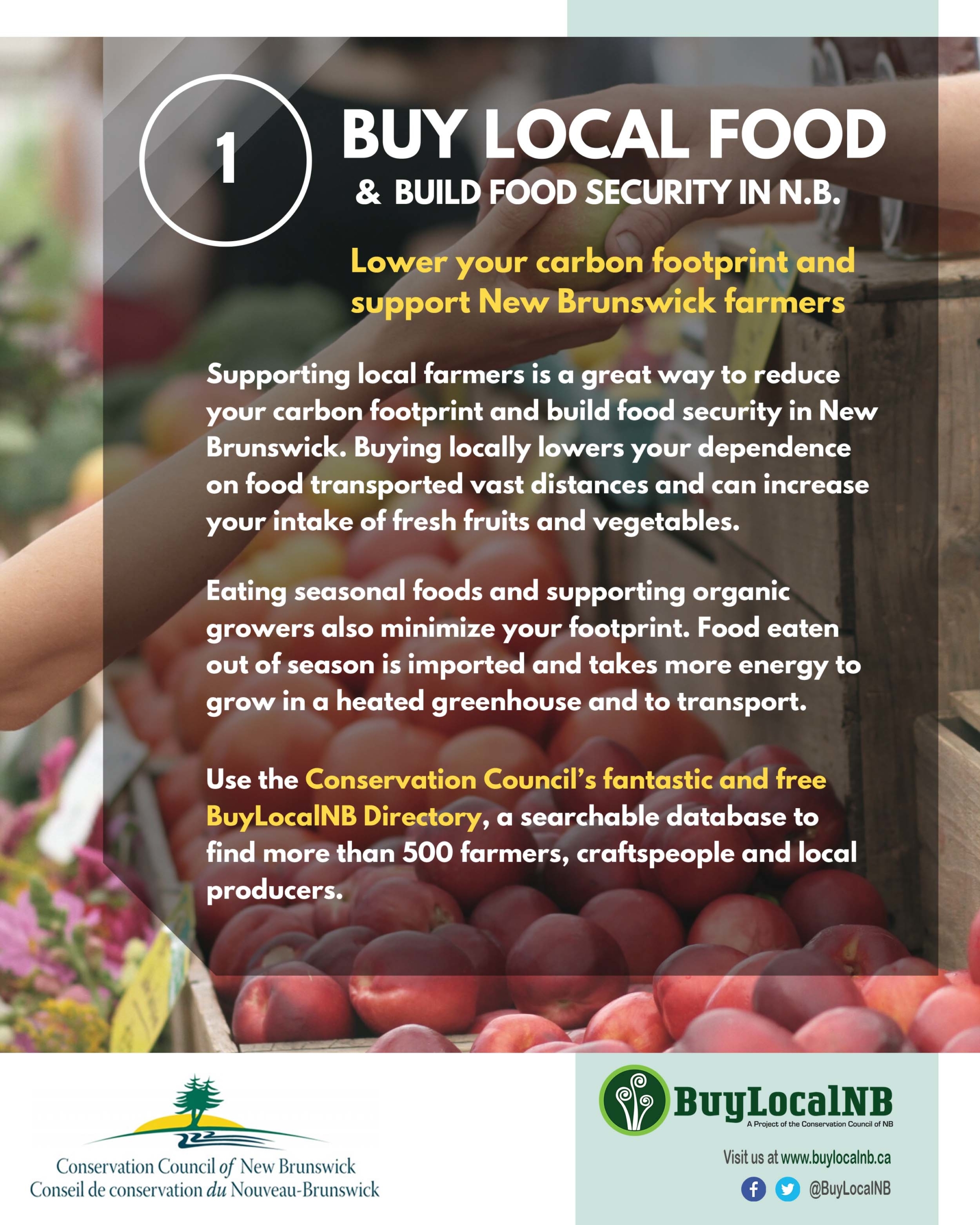
Buy local food and build food security in New Brunswick: Supporting local farmers is a great way to reduce your carbon footprint and build food security in New Brunswick. Buying locally lowers your dependence on food transported vast distances and can increase your intake of fresh fruits and vegetables.
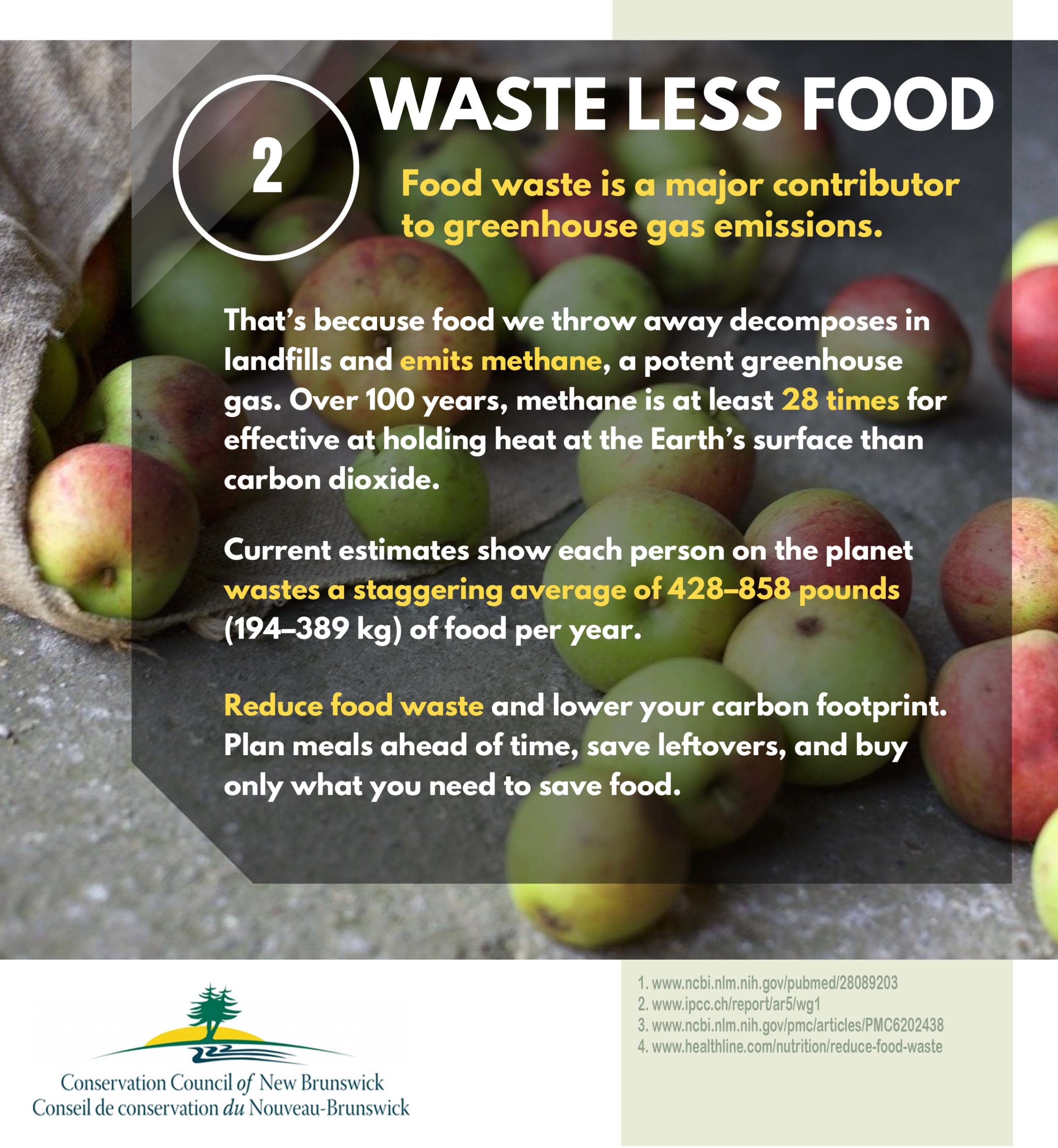
Waste less food: Food we throw away decomposes in landfills and emits methane, a potent greenhouse gas. Over 100 years, methane is at least 28 times for effective at holding heat at the Earth’s surface than carbon dioxide.
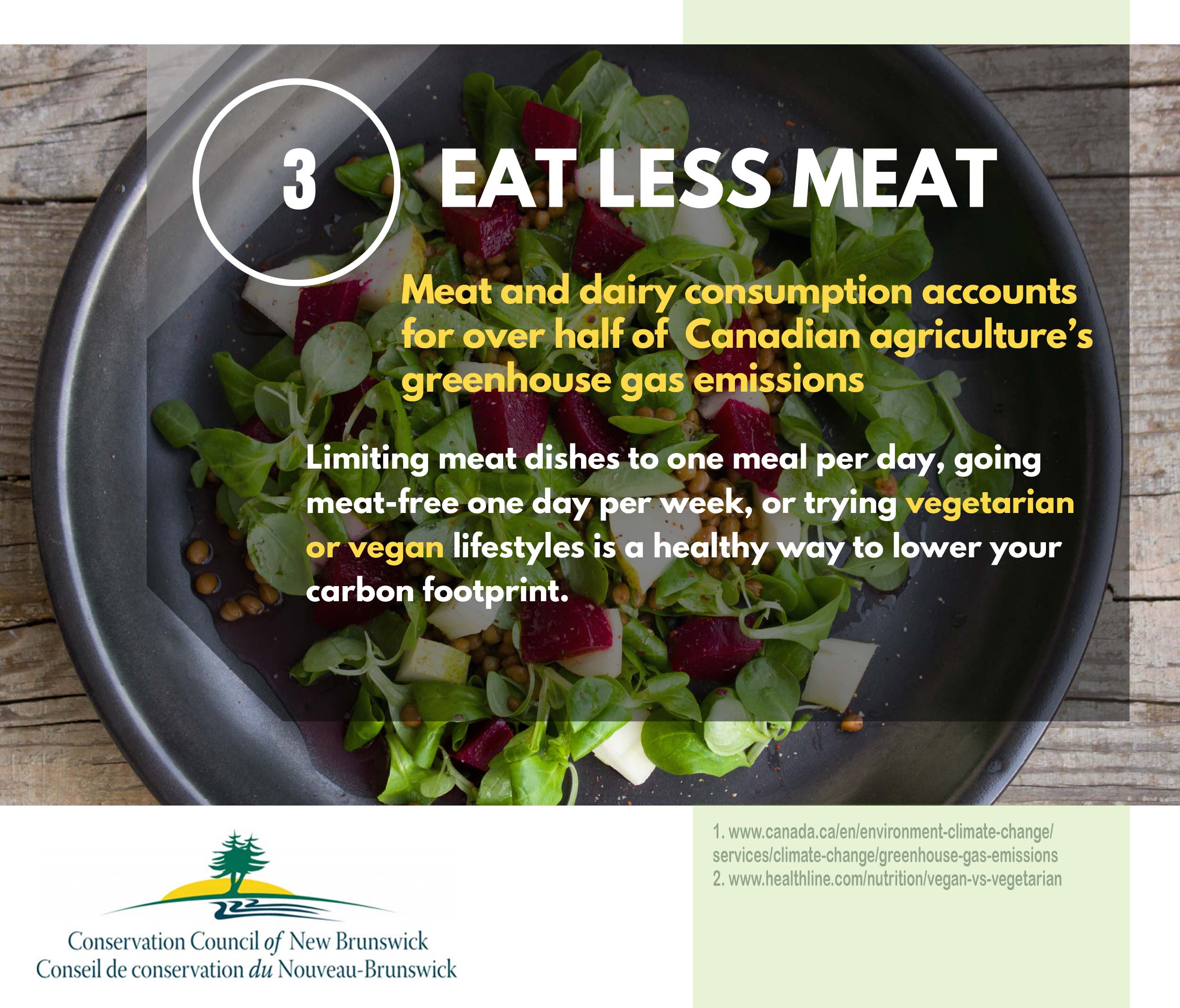
Eat less meat: Meat and dairy account for over half of agriculture’s Canadian greenhouse gas emissions
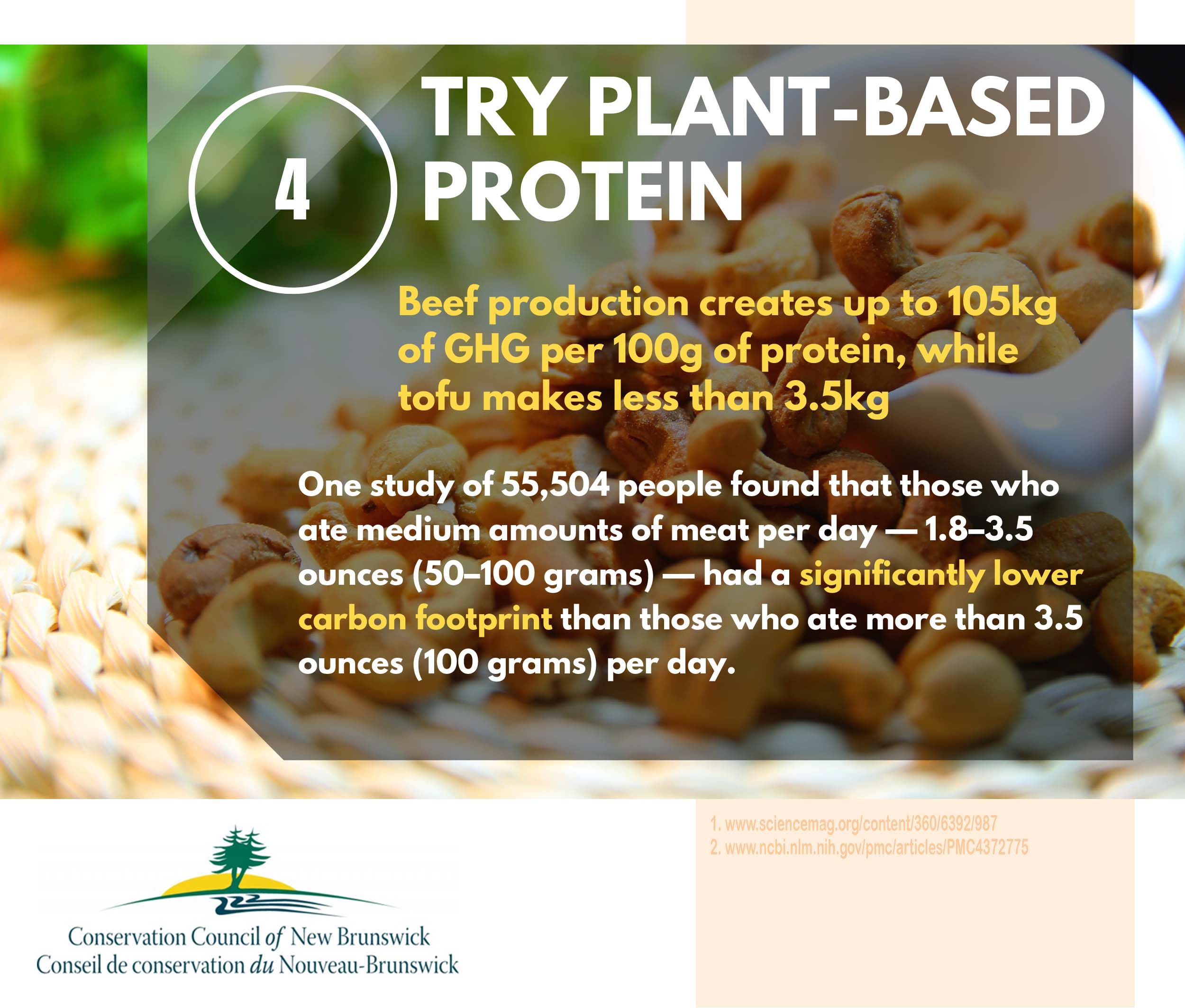
Try plant-based protein: One study of 55,504 people found that those who ate medium amounts of meat per day — 1.8–3.5 ounces (50–100 grams) — had a significantly lower carbon footprint than those who ate more than 3.5 ounces (100 grams) per day.
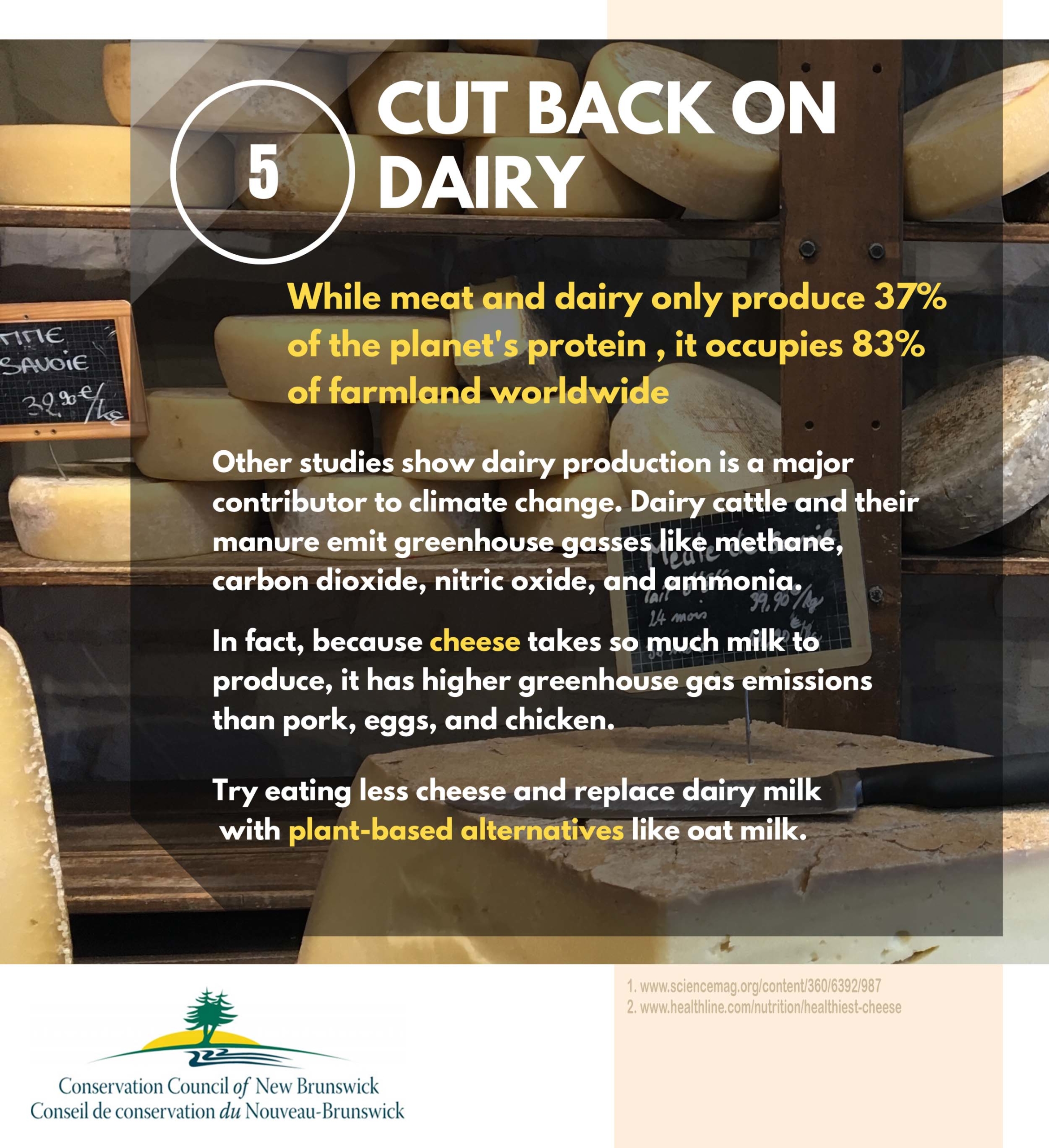
Cut back on dairy: Dairy cattle and their manure emit greenhouse gasses like methane, carbon dioxide, nitric oxide, and ammonia.
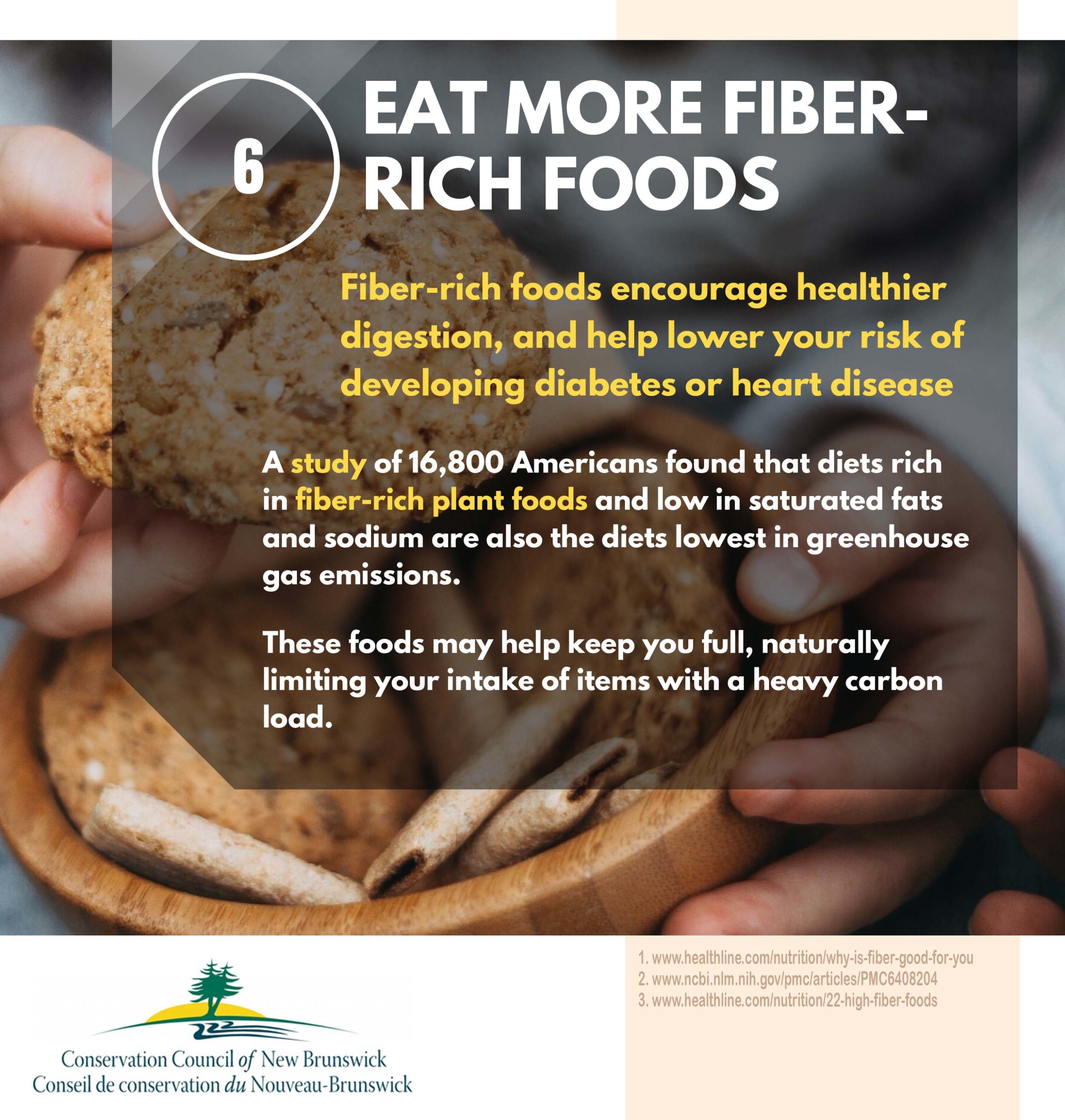
Eat more fiber-rich foods: Diets rich in fiber-rich plant foods and low in saturated fats and sodium are also the diets lowest in greenhouse gas emissions.
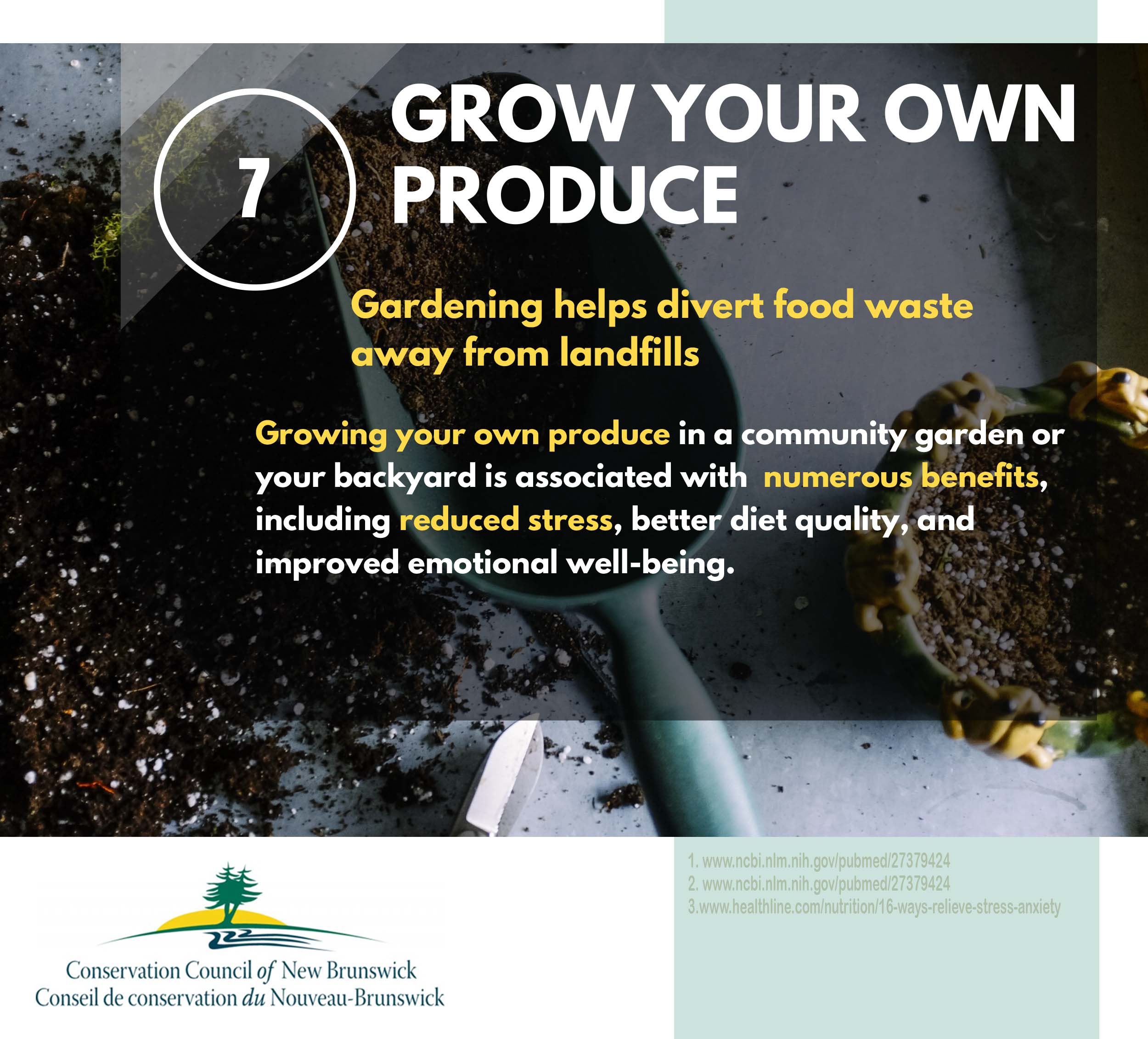
Grow your own produce: Gardening helps divert food waste away from landfills[/vc_toggle][vc_toggle title=”Energy and transportation” custom_font_container=”tag:h2|font_size:26|text_align:left” custom_google_fonts=”font_family:Arimo%3Aregular%2Citalic%2C700%2C700italic|font_style:400%20regular%3A400%3Anormal” use_custom_heading=”true”]The big contributor to household greenhouse gas emissions is our vehicle (about half and more if you count flying) followed by space heating, water heating, appliances, and lighting. Think about these solutions the next time you travel, buy products, and buy or renovate your home:
- Travel closer to home, if you can, for your next holiday to avoid flying.
- For future vehicle trips, think about how to reduce how much you drive alone, whether that means combining trips, riding with friends and family, or using public transit.
- The next time you are in the market for a vehicle look for the most efficient vehicle that meets your needs. The only way to lower the carbon footprint from a vehicle is to burn less fuel. When a sales person tells you a car is clean burning, they mean lower air pollution causing smog. The catalytic converter lowers some kinds of air pollution. That technology does not solve climate change (Click here for climate change basics). If you can afford it, consider a plug-in hybrid or electric vehicle. Natural Resources Canada publishes a vehicle efficiency guide that can help.
- Take advantage of NB Power’s Home Energy Savings program for help assessing the efficiency of your home and incentives to make your home more efficient and comfortable. You can cut the amount of energy you use for heating by adding insulation, replacing windows, changing out your old furnace or installing a heat pump if you heat with electricity.
- If you are in the market for a new appliance, especially refrigerators that run all the time, look for the EnerGuide or Energy Star rating and aim for the lowest energy consumption you can.
- Solar panels are an option for some of us. NB Power has a net metering program that credits households with the energy they produce. See the links to videos and fact sheets below profiling stories of New Brunswickers who have taken the plunge and are happy they did.
- Click here to watch our video series, Green Energy: Making Informed Choices, about New Brunswickers who have embraced renewable energy and energy efficiency in their homes.
- Click here to read our Renewable Energy FAQ
- Click here to watch our Renewable Energy FAQ video
- Click here for our Green Energy Resource Guide
[/vc_toggle][vc_column_text]
Share this video with friends and family!
[/vc_column_text][vc_custom_heading text=”Here are some tips to protect yourself from the impacts of climate change” font_container=”tag:h2|font_size:26|text_align:left” google_fonts=”font_family:Arimo%3Aregular%2Citalic%2C700%2C700italic|font_style:400%20regular%3A400%3Anormal”][vc_column_text]Climate change affects our health through heatwaves, floods, and insect-borne diseases, to name a few. We can take steps to reduce the risk.[/vc_column_text][vc_toggle title=”Prepare for flooding in New Brunswick” custom_font_container=”tag:h2|font_size:26|text_align:left” custom_google_fonts=”font_family:Arimo%3Aregular%2Citalic%2C700%2C700italic|font_style:400%20regular%3A400%3Anormal” use_custom_heading=”true”]Click on the images below to make them bigger, or click here to view them as a PDF.
Source: The Conservation Council’s 2019 report, Healthy Climate, Healthy New Brunswickers: A proposal for New Brunswick that cuts pollution and protects health.[/vc_toggle][vc_toggle title=”Prevent ticks bites” custom_font_container=”tag:h2|font_size:26|text_align:left” custom_google_fonts=”font_family:Arimo%3Aregular%2Citalic%2C700%2C700italic|font_style:400%20regular%3A400%3Anormal” use_custom_heading=”true”]
Click on the image to make it bigger.
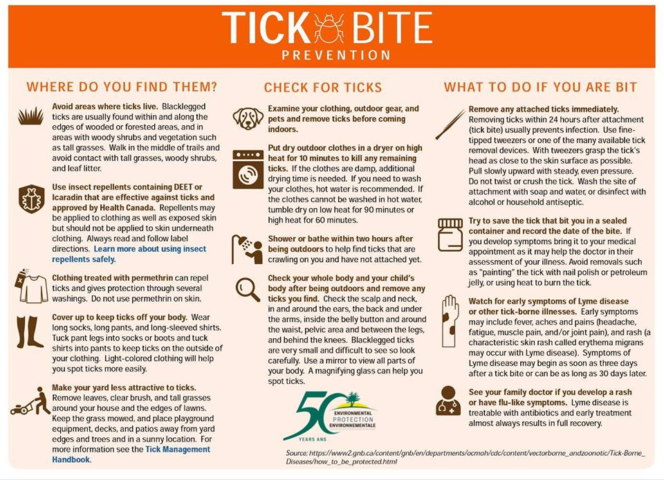 Source: The Conservation Council’s 2019 report, Healthy Climate, Healthy New Brunswickers: A proposal for New Brunswick that cuts pollution and protects health.[/vc_toggle][vc_toggle title=”How to keep cool in a heat wave” custom_font_container=”tag:h2|font_size:26|text_align:left” custom_google_fonts=”font_family:Arimo%3Aregular%2Citalic%2C700%2C700italic|font_style:400%20regular%3A400%3Anormal” use_custom_heading=”true”]
Source: The Conservation Council’s 2019 report, Healthy Climate, Healthy New Brunswickers: A proposal for New Brunswick that cuts pollution and protects health.[/vc_toggle][vc_toggle title=”How to keep cool in a heat wave” custom_font_container=”tag:h2|font_size:26|text_align:left” custom_google_fonts=”font_family:Arimo%3Aregular%2Citalic%2C700%2C700italic|font_style:400%20regular%3A400%3Anormal” use_custom_heading=”true”]
Click on the image to make it bigger, or click here to view it as a PDF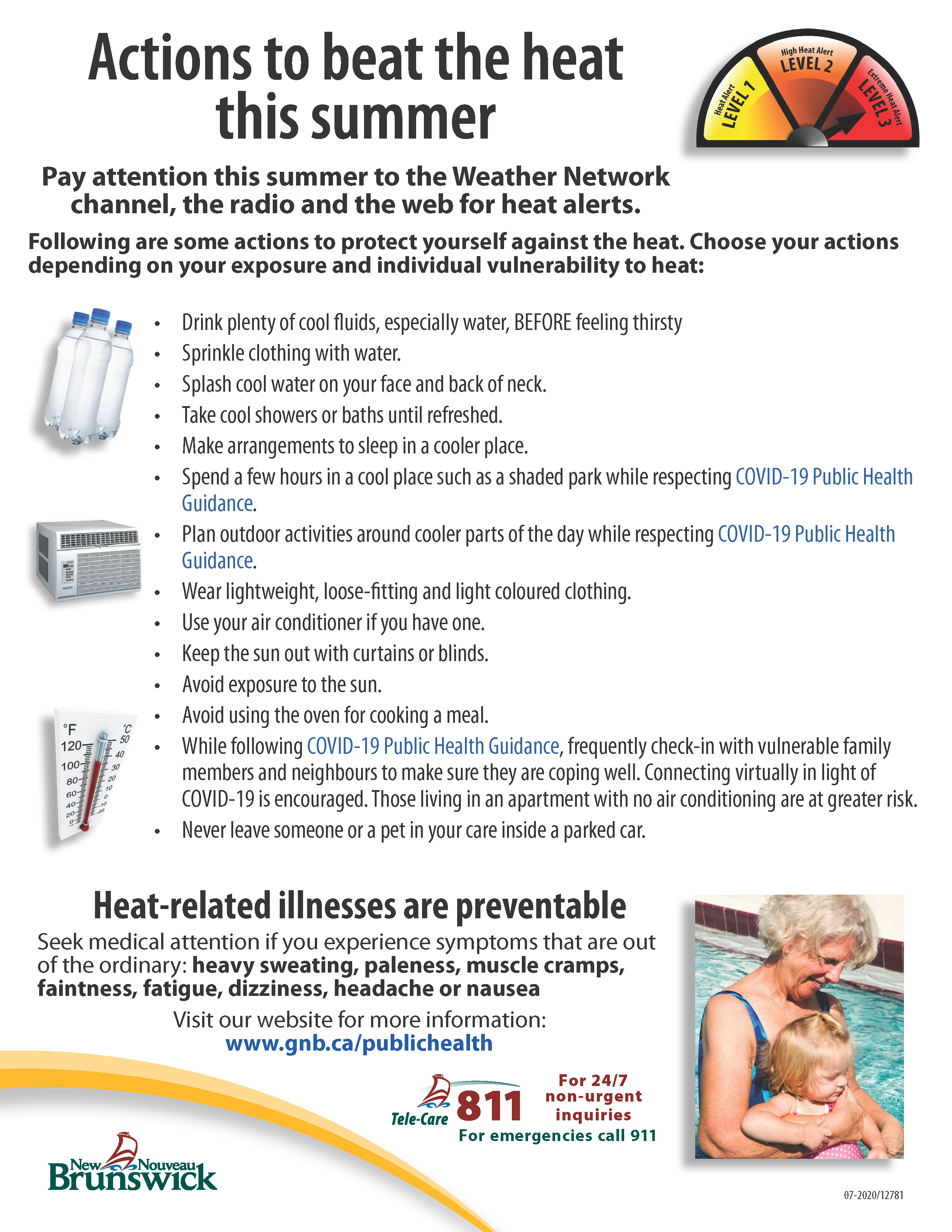
[/vc_toggle][vc_empty_space][vc_custom_heading text=”Calculate your carbon footprint” font_container=”tag:h2|font_size:26|text_align:left” google_fonts=”font_family:Arimo%3Aregular%2Citalic%2C700%2C700italic|font_style:400%20regular%3A400%3Anormal”][vc_column_text]Seeing is believing. Take a few minutes to calculate your carbon footprint, click here. To calculate greenhouse gas emissions for an upcoming or recent flight click here.[/vc_column_text][vc_column_text]
[/vc_column_text][vc_custom_heading text=”You’ve read what you can do to help solve climate change. Here’s what governments can do.” font_container=”tag:h1|font_size:26|text_align:center” google_fonts=”font_family:Arimo%3Aregular%2Citalic%2C700%2C700italic|font_style:700%20bold%20regular%3A700%3Anormal” link=”url:https%3A%2F%2Fwww.conservationcouncil.ca%2Fen%2Fclimate-change-harms-the-most-vulnerable-that-isnt-fair%2F||target:%20_blank|”][vc_custom_heading text=”Climate Solutions: Governments can do their part” font_container=”tag:p|font_size:26|text_align:center|color:%23ffffff” google_fonts=”font_family:Arimo%3Aregular%2Citalic%2C700%2C700italic|font_style:700%20bold%20regular%3A700%3Anormal” css=”.vc_custom_1601660470194{padding-top: 20px !important;padding-bottom: 20px !important;background-image: url(https://www.conservationcouncil.ca/wp-content/uploads/2020/07/My-Post-Copy-7-2.png?id=157134) !important;background-position: center !important;background-repeat: no-repeat !important;background-size: cover !important;}” link=”url:https%3A%2F%2Fwww.conservationcouncil.ca%2Fen%2Fclimate-change-harms-the-most-vulnerable-that-isnt-fair%2F|||”][vc_custom_heading text=”How and why climate change is affecting N.B.” font_container=”tag:p|font_size:26|text_align:center|color:%23ffffff” google_fonts=”font_family:Arimo%3Aregular%2Citalic%2C700%2C700italic|font_style:700%20bold%20regular%3A700%3Anormal” css=”.vc_custom_1601660477361{padding-top: 20px !important;padding-bottom: 20px !important;background-image: url(https://www.conservationcouncil.ca/wp-content/uploads/2020/07/My-Post-Copy-7-3.png?id=157136) !important;background-position: center !important;background-repeat: no-repeat !important;background-size: cover !important;}” link=”url:https%3A%2F%2Fwww.conservationcouncil.ca%2Fen%2Fis-climate-change-something-we-really-need-to-worry-about%2F|||”][vc_custom_heading text=”How global heating works” font_container=”tag:p|font_size:26|text_align:center|color:%23ffffff” google_fonts=”font_family:Arimo%3Aregular%2Citalic%2C700%2C700italic|font_style:700%20bold%20regular%3A700%3Anormal” css=”.vc_custom_1601660485165{padding-top: 20px !important;padding-bottom: 20px !important;background-image: url(https://www.conservationcouncil.ca/wp-content/uploads/2020/10/My-Post-Copy-4-3.png?id=157658) !important;background-position: center !important;background-repeat: no-repeat !important;background-size: cover !important;}” link=”url:https%3A%2F%2Fwww.conservationcouncil.ca%2Fen%2Fhow-global-heating-works%2F|||”][vc_custom_heading text=”Watch videos about how climate change is affecting the things we love in N.B.” font_container=”tag:p|font_size:26|text_align:center|color:%23ffffff” google_fonts=”font_family:Arimo%3Aregular%2Citalic%2C700%2C700italic|font_style:700%20bold%20regular%3A700%3Anormal” css=”.vc_custom_1601480209931{padding-top: 20px !important;padding-bottom: 20px !important;background-image: url(https://www.conservationcouncil.ca/wp-content/uploads/2020/09/My-Post-Copy-4-2.png?id=157545) !important;background-position: center !important;background-repeat: no-repeat !important;background-size: cover !important;}” link=”url:https%3A%2F%2Fwww.youtube.com%2Fwatch%3Fv%3Dfh4f5QmCrQE%26list%3DPLwy0n7WoRcURyTto52SmTomReB96dhat-||target:%20_blank|”][vc_custom_heading text=”Return to LoveNB homepage” font_container=”tag:p|font_size:26|text_align:center|color:%23ffffff” google_fonts=”font_family:Arimo%3Aregular%2Citalic%2C700%2C700italic|font_style:700%20bold%20regular%3A700%3Anormal” css=”.vc_custom_1613394236178{padding-top: 20px !important;padding-bottom: 20px !important;background-image: url(https://www.conservationcouncil.ca/wp-content/uploads/2020/03/My-Post-Copy-5-1.jpg?id=156358) !important;background-position: center !important;background-repeat: no-repeat !important;background-size: cover !important;}” link=”url:https%3A%2F%2Fwww.conservationcouncil.ca%2Fclimate-solutions%2F|target:_blank”][vc_custom_heading text=”Sign up for email updates” font_container=”tag:p|font_size:26|text_align:center|color:%23000000″ google_fonts=”font_family:Arimo%3Aregular%2Citalic%2C700%2C700italic|font_style:700%20bold%20regular%3A700%3Anormal” css=”.vc_custom_1601480270244{padding-top: 20px !important;padding-bottom: 20px !important;background-color: #dff2fe !important;background-position: center !important;background-repeat: no-repeat !important;background-size: cover !important;}” link=”url:http%3A%2F%2Fconservationcouncil.nationbuilder.com%2Fsign_up_for_newsletter||target:%20_blank|”][/vc_column][/vc_row][vc_row][vc_column width=”1/2″][vc_single_image image=”149462″ img_size=”medium”][/vc_column][vc_column width=”1/2″][vc_single_image image=”156450″ img_size=”medium”][/vc_column][/vc_row][vc_row][vc_column][/vc_column][/vc_row]

